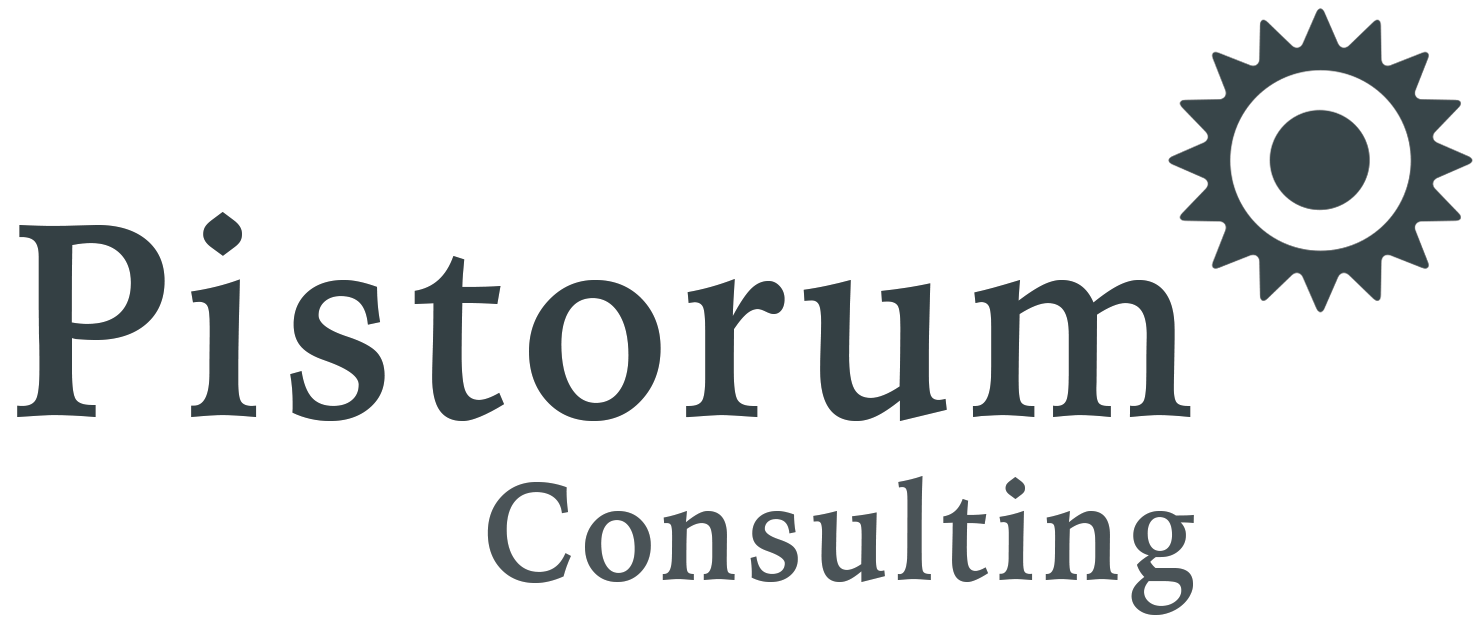Composable SaaS Architecture vs. Monolithic Approach in Marketing
In the dynamic world of modern business, agility, scalability, and adaptability have become paramount, especially in the realm of marketing architecture. Composable SaaS (Software as a Service) architecture, built on the principles advocated by the MACH Alliance, is revolutionizing the landscape, challenging the traditional monolithic approach. This shift is not confined to marketing alone but extends to various domains, including ERP and HR.
This is a video that I scripted and produced with Nemetos Tanasuk specifically in relation to Digital Experience Platforms (DXPs). It’s a nice analogy for Composable SaaS approach vs. the monolith:
A Composable SaaS DXP vs. the Monolith DXP
Composable SaaS vs. Monolithic Approach
In a few words, the monolithic and composable approaches can be compared as follows. Clearly the advantages an d disadvantages are wide-ranging and will depend on the systems in question, but in broad brush strokes:
Flexibility and Scalability:
Speed of Innovation and Time-to-Market:
Composable SaaS Architecture:
Rapid Innovation: Allows for quick integration of new features or technologies, fostering rapid innovation and the ability to respond swiftly to market demands.
Faster Deployment: Shortens time-to-market as components can be developed, tested, and deployed independently.
Monolithic Approach:
Slow Innovation: Innovations are typically slower due to the complexities associated with altering a monolithic system, hindering the pace of development and adaptation.
Integration and Ecosystem Collaboration:
Composable SaaS Architecture:
Flexibility: Composable SaaS architecture, based on MACH principles, is highly flexible. It comprises modular, independently deployable components that can be easily assembled or replaced as per evolving business needs.
Scalability: Components can scale independently, optimizing resource allocation and enhancing system performance during peaks or growth phases.
Composable SaaS Architecture:
Seamless Integration: Facilitates seamless integration with various best-of-breed components, promoting a rich ecosystem of specialized services.
Interoperability: Promotes interoperability, allowing different components to work together cohesively, driving a superior user experience.
Monolithic Approach:
Rigidity: Monolithic architecture is inflexible, with all components tightly integrated, making it difficult to alter or scale individual functionalities without affecting the entire system.
Limited Scalability: Scaling a monolith often requires scaling the entire application, making it less efficient and costly.
Monolithic Approach:
Integration Challenges: Integration within a monolith is complex and often requires significant effort, limiting the integration potential with external systems.
If your current system is forcing you to take decisions based on ‘what the system will let you do’ and not ‘what’s good for business, then let us help you move forward.

